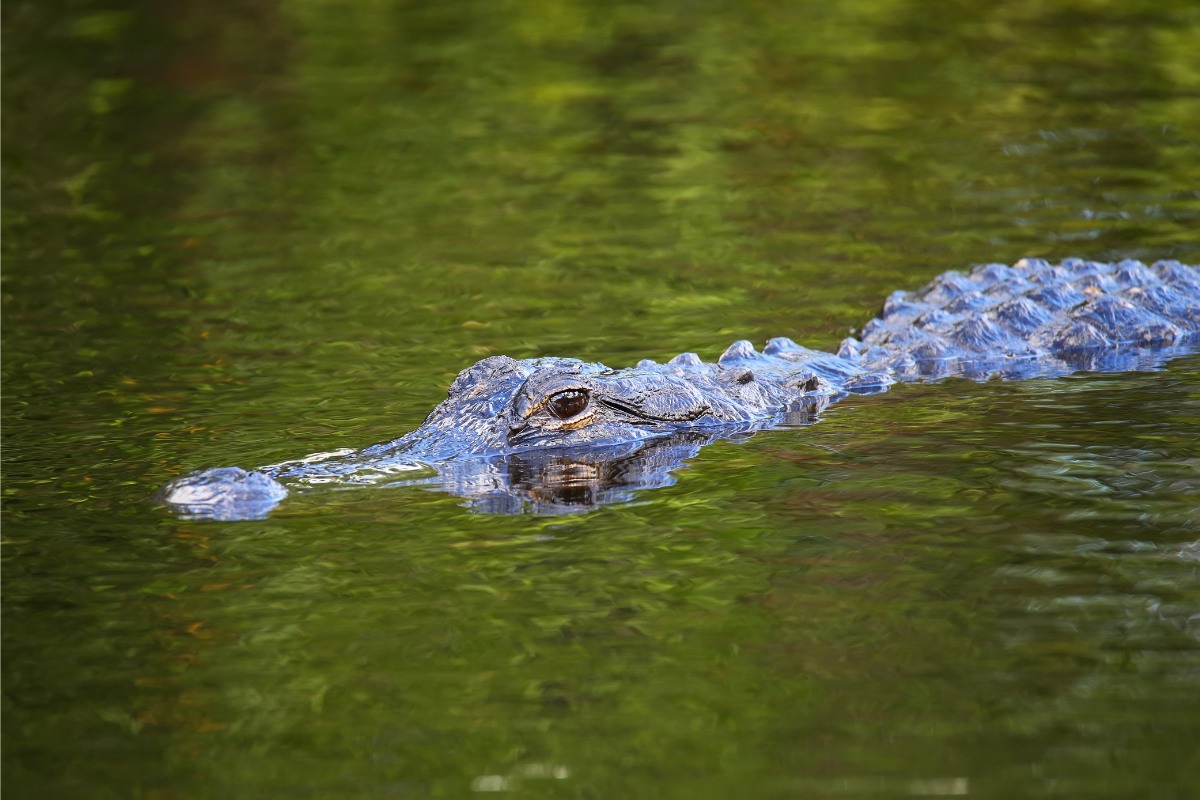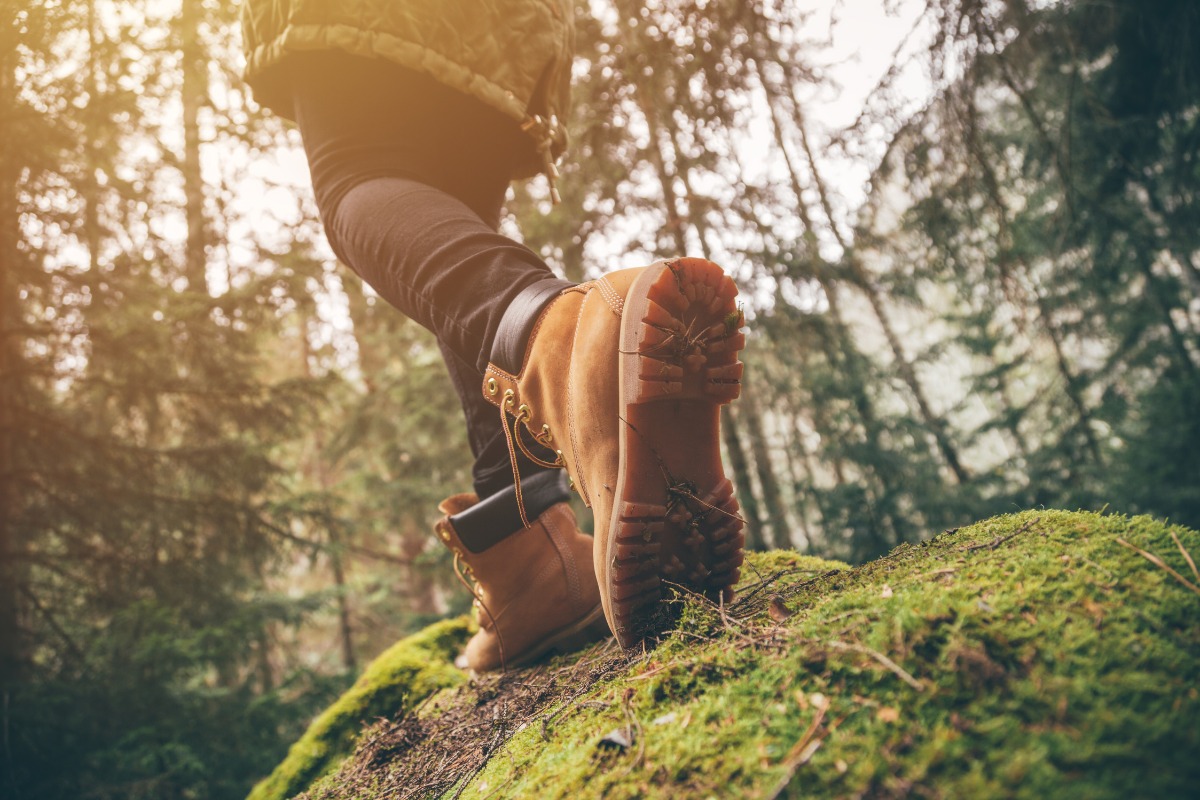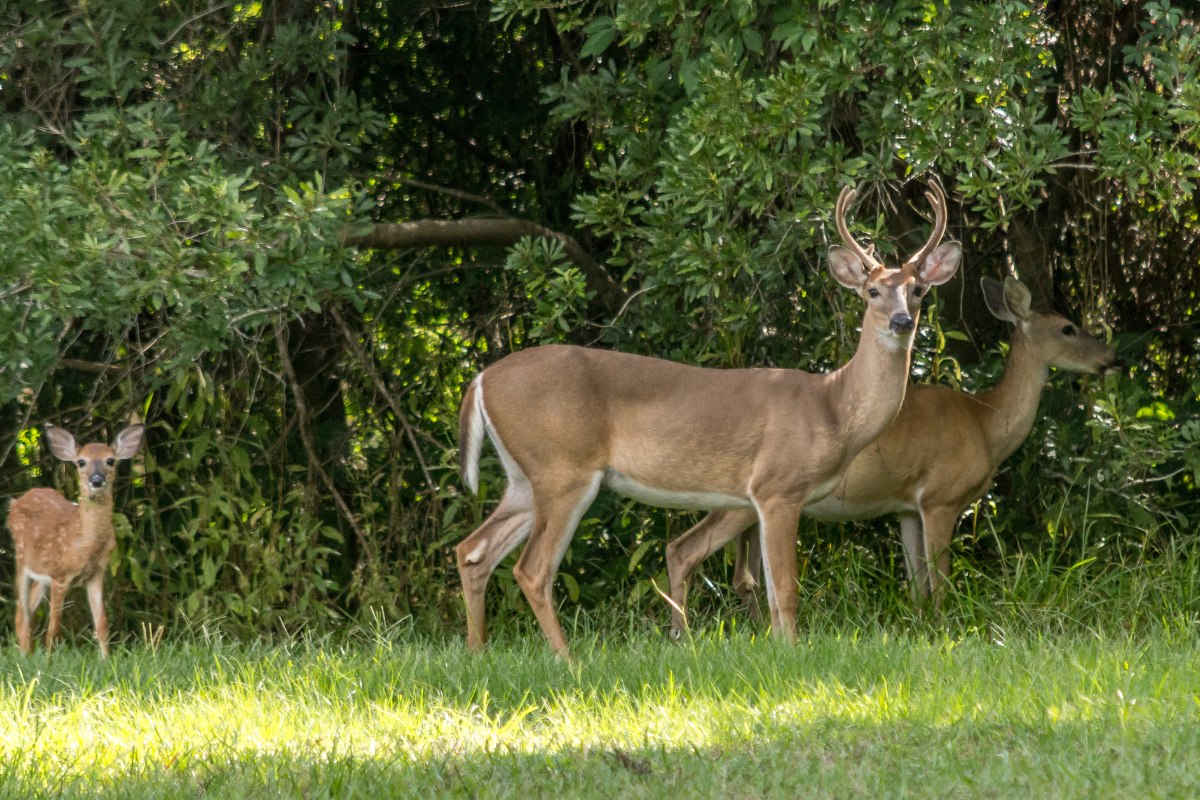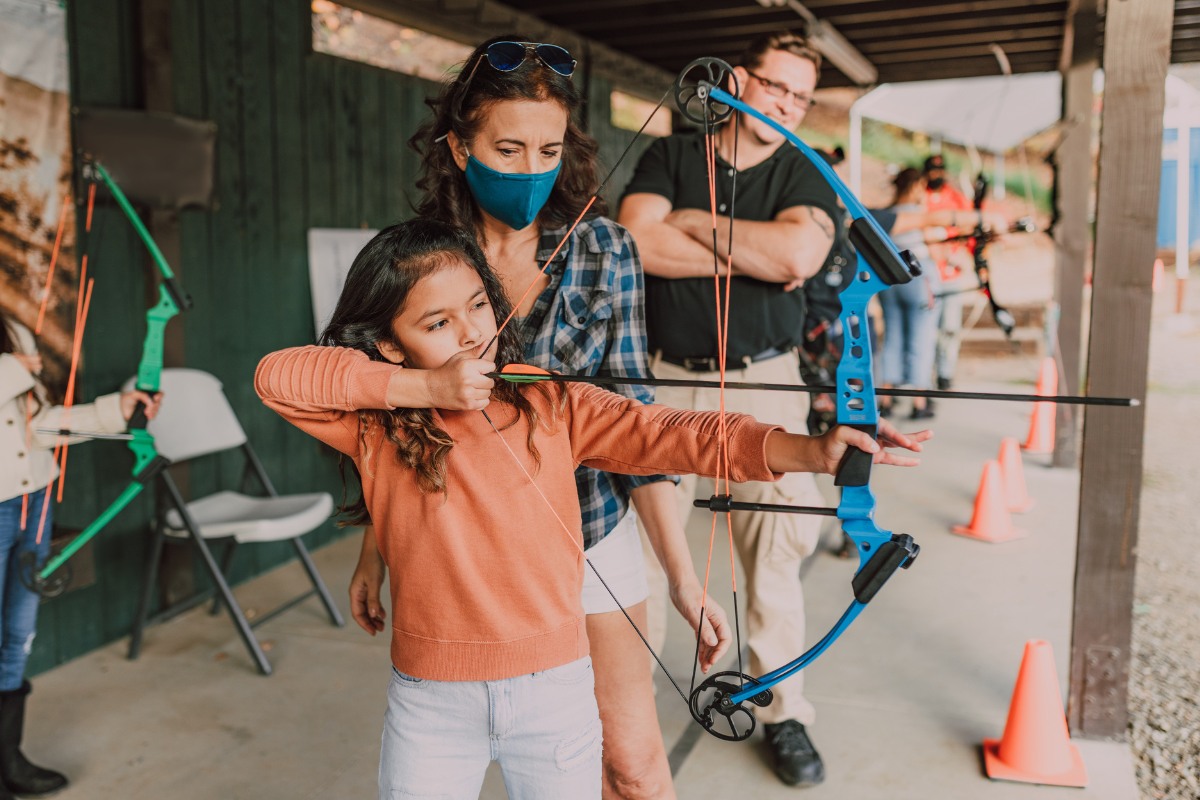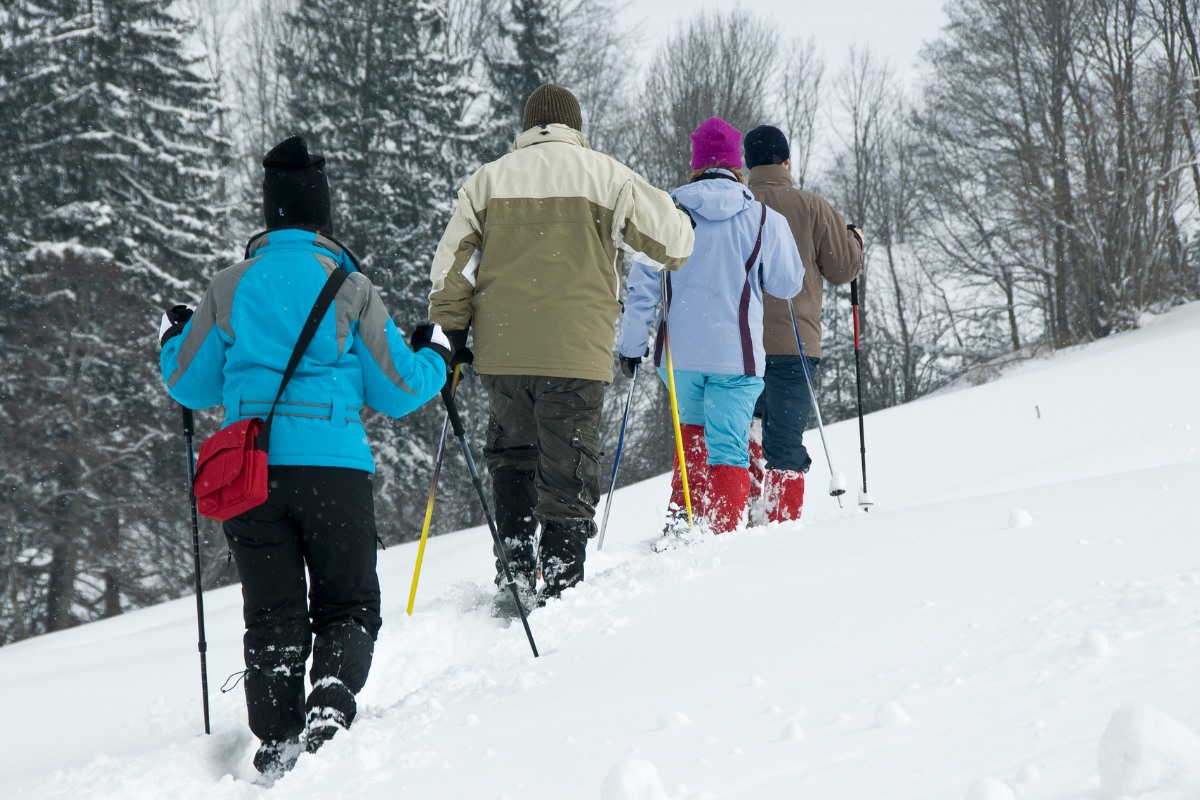Kayaking or canoeing allows paddlers to access remote areas and watch nature up close. But when the waters are filled with alligators, that’s a different story. This element of danger comes in the canals and rivers of Florida, Mississippi, Louisiana, Georgia, and Alabama, among others.
If you’re an inexperienced kayaker and you’re worried about how you should dump yourself in the water, you’ve come to the right place. Since there’s lots of information on the web, we’ll help you wade through it from an expert point of view. Here is everything you need to know about kayak and alligators.
Tips When Kayaking With Alligators
Did you know that kayaking with big alligators is more fun than you think? Just imagine paddling your kayak, and you see an alligator looking at you. Scary stuff, isn’t it? But it’s nothing like what you see in the movies.
It’s safe to say alligators don’t look at humans as their source of food. But any animal will try a new diet when the main one is compromised by overfishing – something we’re particularly good at.
When kayaking, you should prepare for any hostile situation. But it’s all about enjoying the natural environment and taking the necessary measures to keep yourself safe. Alligators are opportunistic feeders and will try to attack small mammals that invade their habitat. In some way, the alligator sees a kayaker activity as a way of interfering with their natural habitat.
If you see alligators resting on the banks or you’re traveling in the less-traveled routes, you should stay put and avoid getting too close. You should never feed the alligators; on water or land, don’t feed them.
When Are Alligators Most Aggressive
Many things can elicit aggressive behavior in alligators. During the spring season, they congregate at night and act aggressively. And, after the female lays the eggs, she will monitor closely for 65 days. Still, she will keep guard of her eggs after they hatch. Male alligators are generally territorial and will defend the eggs fearlessly. As they get older, they become solitary and often encroach on other males that attack their territory. If you’re kayaking and you realize that the alligator doesn’t retreat, you shouldn’t ignore this warning sign.
Alligators have remained virtually unchanged for thousands of years. Most of the time, they remain submerged in the water, but they surface in the air periodically. And because they are stealthy hunters, they will keep an eye on the prey before dragging them into the water and drowning them. But despite their cunning character, they should not be feared.
While attacks on kayaks are rare, you should be careful when paddling around these animals.
How Alligators Behave in Water
Often, alligators will slide into the water when they hear you coming from far away. They will seek refuge in the water and stay in the area to protect their territory. Because they are cold-blooded, they spend most of their time on the banks. Another great thing about alligators is that they like to relax or wait for unsuspecting prey on logs and branches.
When alligators hear your kayak from a distance, their first line of defense is to go underwater. If you approach their territory and they open their mouth, you should stay calm and paddle away.
If you’re kayaking in an area with low human traffic, they will swim away. But if the alligator comes close to your kayak, chances are that it has been fed by humans before. When the animal gets dangerously close, you should make a loud noise or hit the side of your kayak with a paddle. An air horn or a rubber mallet can also help to scare them away. Of course, you should make sure these tools are within arm’s reach.
Another way of trying to get past the alligator is to make sure you’re between the water and the land. This is because when you spook it, the first place to seek refuge is in the water. The time you kayak also matters. Most alligators are active early in the morning and at night, so you should avoid these hours.
Kayak Fishing Near Alligators
While most alligators that come close to you want to do nothing, you should maintain a respectable distance. Another cautionary measure is to avoid banks, overhanging trees, and floating vegetation. You never know- the alligator could be waiting for prey.
Although it’s fun to bring your dog to the kayak, you should leave your pets at home. Sometimes, alligators can see a small animal as a nice meal. If you plan to keep your fish for dinner, make sure you bring a cooler on board. And above all, you shouldn’t use a stringer as you could be strolling alligators. Once you’re back on the shore, you should avoid throwing fish scraps.
A thrashing fish can draw attention to alligators, so it can be helpful to use a net to land your fish in the kayak. Finally, you should ensure your hands and legs are in the kayak all the time. If your hand is dangling in the water, that could be an easy meal for the alligator. Keep in mind that the alligator only sees what is above the water.
Signs That an Alligator Is Close to Your Kayak
If you see a wallow where the alligator-like to cool down or rest, that’s a sign they could be around. You can also see a slide or a path that leads them into the water. The gators will also protect their eggs aggressively, so you should leave the area ASAP.
It’s worth mentioning that baby alligators like to stay with their mom for up to one year. So, if you see a young animal, you should avoid touching it. Of course, you should not harass or feed them. The last thing you want to do is test the patience of their mother.
Give the Alligators Some Space
A healthy adult can outrun an alligator on land; however, this is only true if they don’t give the initial charge. When they lunge quickly enough, you may not get away on time. With this in mind, you should respect their space both on land and water. If you see them getting closer, you should move away. Most experts recommend that you maintain a distance of about 60 feet.
If you observe a large alligator coming your way, you should paddle quickly until you confirm that it’s no longer swimming towards you. In extreme circumstances, the alligator can bite your boat. You should wrap it on its snout and quickly kayak away.
How to Prepare for Kayaking With Alligators
When the alligator sees it, it will run into the water where it feels safest. However, it could also be charging preparing for an attack. So, what should you do? If you’re planning to kayak in an alligator territory, you should pay attention to the following.
If you’re kayaking in the warm months, you should not kayak on the creek bends. You should stay sober and keep an eye on these strategic spots. Naturally, alligators are shy, but they don’t like to be provoked. In summer and during the nesting season, these animals like to stay 5 feet from the water’s edge. They go back into the water in the evening. If you intend to paddle in an area with alligators, you should check the water levels from the local authority.
When you approach their territory, the alligators may follow you a bit or slip off a bank. You should keep paddling, and you can even bang the paddle on a kayak. Because their hearing is sensitive, they will retrieve back into the water.
If you want to kayak in an area where alligators frequently visit, you should wait for the water level to go below 70 degrees. This is the time when most of them are inactive. To be on the safe side, you should maintain a distance of 100 feet between the alligator and the kayak. If you plan to camp at a specific section, you should ensure you’re not near the water.
The type of kayak you use also matters. If you want to feel safe in alligator-infested rivers, you’re better off with a folding or an inflatable kayak. Unlike other types of kayaks, they will keep you safe even if the hull of the boat gets punctured. It gets better if you can invest in a kayak with separate air chambers for the sides and floor. To know which kayak suits you best, you should research the area you intend to visit.
If you want to get firsthand information on nesting or mating season, you should contact the local game department. You’ll know things like the recent activity or predator attacks and behavioral patterns.
Wrapping Up
If you’re new to canoeing with alligators, you may have the primal fear of an attack. You should take some time to appreciate these amazing creatures while maintaining a respectable distance. When you follow the above tips, you can paddle safely. A general rule of thumb before you embark on any kayaking activity is to contact the local wildlife management department. The wildlife is part of great fishing, and you should never paddle alone.
